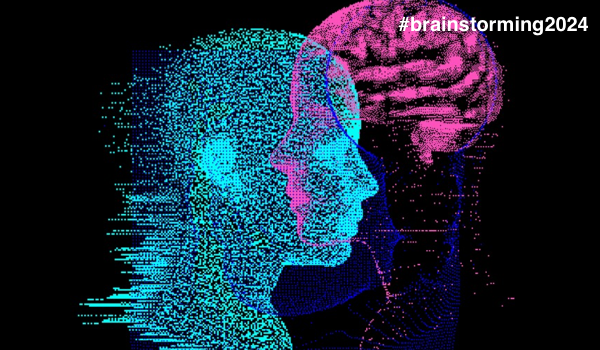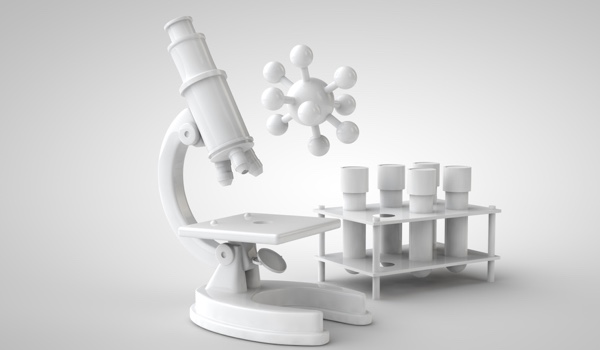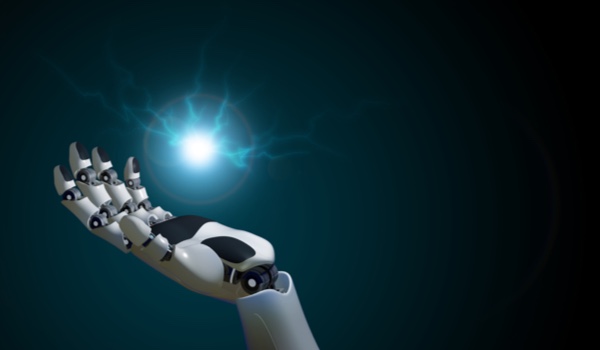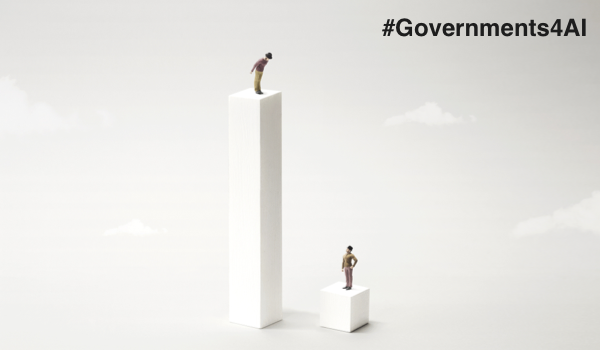


CAMBRIDGE, UK - The history of artificial intelligence (AI) discloses connections between brain science and AI, per an article in ScienceDirect in March 2020 titled From Brain Science to Artificial Intelligence by Dr Jingtao Fan and others from China’s prestigious Tsinghua University.
Its authors noted that pioneering AI researchers Alan Turing, Marvin Minsky, Seymour Papert, John McCarthy, and Geoffrey Hinton were all interested in brain science and that “the neural connections in the human brain that were discovered using microscopes inspired the artificial neural network and deep learning.” Brain science - or neuroscience - contributed to the attention mechanism, a technique used in machine learning (ML) to boost model performance by focusing on suitable information and develop the memory module, which enables a network to store and utilize knowledge gained from past tasks.
Synergies between the AI community and brain science should be fostered to develop intelligent machines able to assume tasks previously done by humans, the authors concluded. As neuroscience is the scientific study of the means via which the brain processes information, makes decisions, and interacts with the environment, further insights into it are also likely to inspire innovative deep learning (DL) technologies.
Dr Chellammal Surianarayanan of India’s Bharathidasan University and her collaborators later explained how neuroscience validates existing AI-based models in an article titled Convergence of Artificial Intelligence and Neuroscience Towards the Diagnosis of Neurological Disorders-A Scoping Review.
Reinforcement learning in humans and animals has also led computer scientists to create algorithms for reinforcement learning in artificial systems, enabling these to learn strategies without explicit instructions.
Neuroscience blends sundry disciplines - physiology, anatomy, molecular biology, cytolog
The content herein is subject to copyright by The Yuan. All rights reserved. The content of the services is owned or licensed to The Yuan. Such content from The Yuan may be shared and reprinted but must clearly identify The Yuan as its original source. Content from a third-party copyright holder identified in the copyright notice contained in such third party’s content appearing in The Yuan must likewise be clearly labeled as such. Continue with Linkedin
Continue with Linkedin
 Continue with Google
Continue with Google







 1275 views
1275 views











2024-04-03